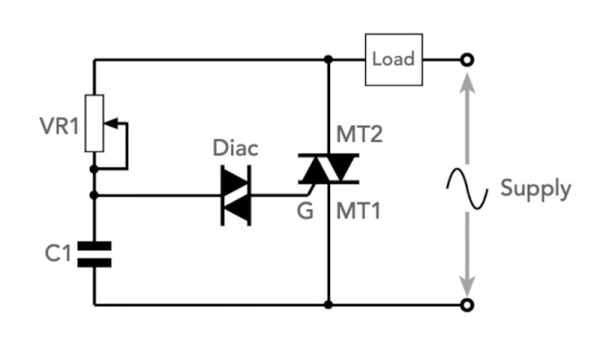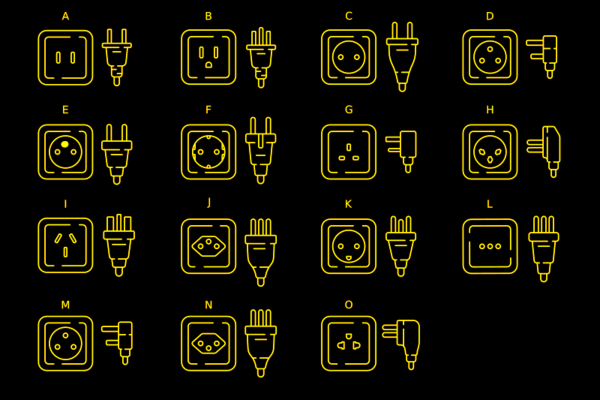It looks like Apple is interested in buying Intel’s modem chip business. Seriously interested; a deal worth $1 billion could be announced as early as this week. That might look like a small potato purchase to the world’s biggest company – at least by market capitalization – but since the technology it will be buying includes smartphone modems, it provides a look into Apple’s thinking about the near future with regard to 5G.
It turns out that Make Magazine isn’t quite dead yet. [Dale Dougherty], former CEO of Maker Media, which went under in June, has just announced that he and others have acquired the company’s assets and reformed under the name “Maker Community LLC.” Make: Magazine is set to resume publication, going back to its roots as a quarterly publication in the smaller journal format; sadly there’s no specific word about the fate of Maker Faire yet.
The hoopla over the 50th anniversary of Apollo 11 may be over, but we’d be remiss not to call out one truly epic hack related to the celebration: the full restoration of an actual Apollo Guidance Computer. The AGC was from a test model of the Lunar Module, and it ended up in the hands of a private collector. Since November of 2018 the AGC has been undergoing restoration and tests by [Ken Shirriff], [Mike Stewart], and [Carl Claunch]. The whole effort is documented in a playlist by [Marc “CuriousMarc” Verdiell] that’s worth watching to see what was needed to restore the AGC to working condition.
With the summer sun beating down on the northern hemisphere, and air conditioners at working extra hard to keep things comfortable. [How To Lou] has a quick tip to improve AC efficiency. Turns out that just spraying a fine mist of water on the condenser coils works wonders; [Lou] measured a 12% improvement in cooling. It may not be the best use of water, and it may not work as well in very humid climates, but it’s a good tip to keep in mind.
Be careful with this one; between the bent spoon, the syringe full of amber liquid, and the little candle to heat things up, this field-expedient reflow soldering setup might just get you in trouble with the local narcotics enforcement authorities. Even so, knowing that you can assemble a small SMD board without a reflow oven might prove useful someday, under admittedly bizarre circumstances.
From the “Considerably more than 8-bits music” file, check out the Hull Philharmonic Orchestra’s “8-Bit Symphony.” If your personal PC gaming history included a Commodore 64, chances are you’ll recognize songs from titles like “Monty on the Run”, “Firelord”, “Green Beret”, and “Forbidden Forest.” Sure, composers like [Ben Daglish] and [Paul Norman] worked wonders with the three-channel SID chip, but hearing those tunes rendered by a full orchestra is something else entirely. We found it to be particularly good background music to write by.



















